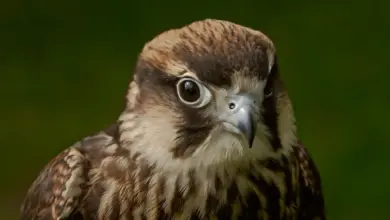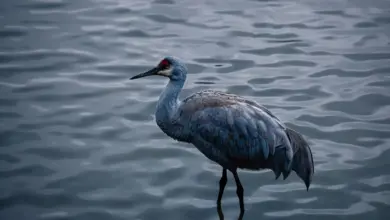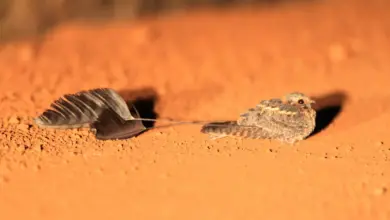Gulls belong to a bird family known as Laridae.
In common usage, members of various gull species are often called seagulls or seagulls.
They are most closely related to the terns (family Sternidae), auks, and skimmers, and more distantly to the waders. Most gulls belong to the large genus Larus.
Apart from the kittiwakes, gulls are typically coastal or inland species, rarely venturing far out to sea.

Description
They are generally medium to large birds, typically grey or white, often with black markings on the head or wings. They have stout, longish bills and webbed feet.
The larger species take up to four years to attain full adult plumage, but two years is typical for smaller gulls.
Diet / Feeding
Most gulls, particularly the Larus species, are ground-nesting carnivores, which will take live food or scavenge opportunistically. The live food often includes crabs and small fish.
Many species of gull have learned to co-exist successfully with man and have thrived in human habitats.
Others rely on kleptoparasitism* to get their food (*a form of feeding where one animal takes prey from another).
Behaviour
Gulls — the larger species in particular — are resourceful and highly intelligent birds, demonstrating complex methods of communication and a highly developed social structure. Certain species (e.g. the Herring Gull) have exhibited tool-use behaviour.
Two terms are in common usage among gull enthusiasts for subgroupings of the gulls:
- White-winged gulls for the two Arctic-breeding species:
- Large white-headed gulls (Herring Gull-like species):
- California Gull, Larus californicus
- Great Black-backed Gull, Larus marinus
- Kelp Gull, Larus dominicanus (called “Southern Black-backed Gull” or “Karoro” in New Zealand)
- Cape Gull, Larus dominicanus vetula
- Glaucous-winged Gull, Larus glaucescens
- Western Gull, Larus occidentalis
- Yellow-footed Gull, Larus livens
- Glaucous Gull, Larus hyperboreus
A Gull Perched Above the Car - Iceland Gull, Larus glaucoides
- Kumlien’s Gull, Larus glaucoides kumlieni
- Thayer’s Gull, Larus thayeri
- European Herring Gull, Larus argentatus
- Heuglin’s Gull, Larus heuglini
- American Herring Gull, Larus smithsonianus
- Yellow-legged Gull, Larus michahellis
- Caspian Gull, Larus cachinnans
- East Siberian Herring Gull, Larus vegae
- Armenian Gull, Larus armenicus
- Slaty-backed Gull, Larus schistisagus
- Lesser Black-backed Gull, Larus fuscus
Hybridisation between species of gull occurs quite frequently, although to varying degrees depending on the species involved. The taxonomy of the large white-headed gulls is particularly complicated.






